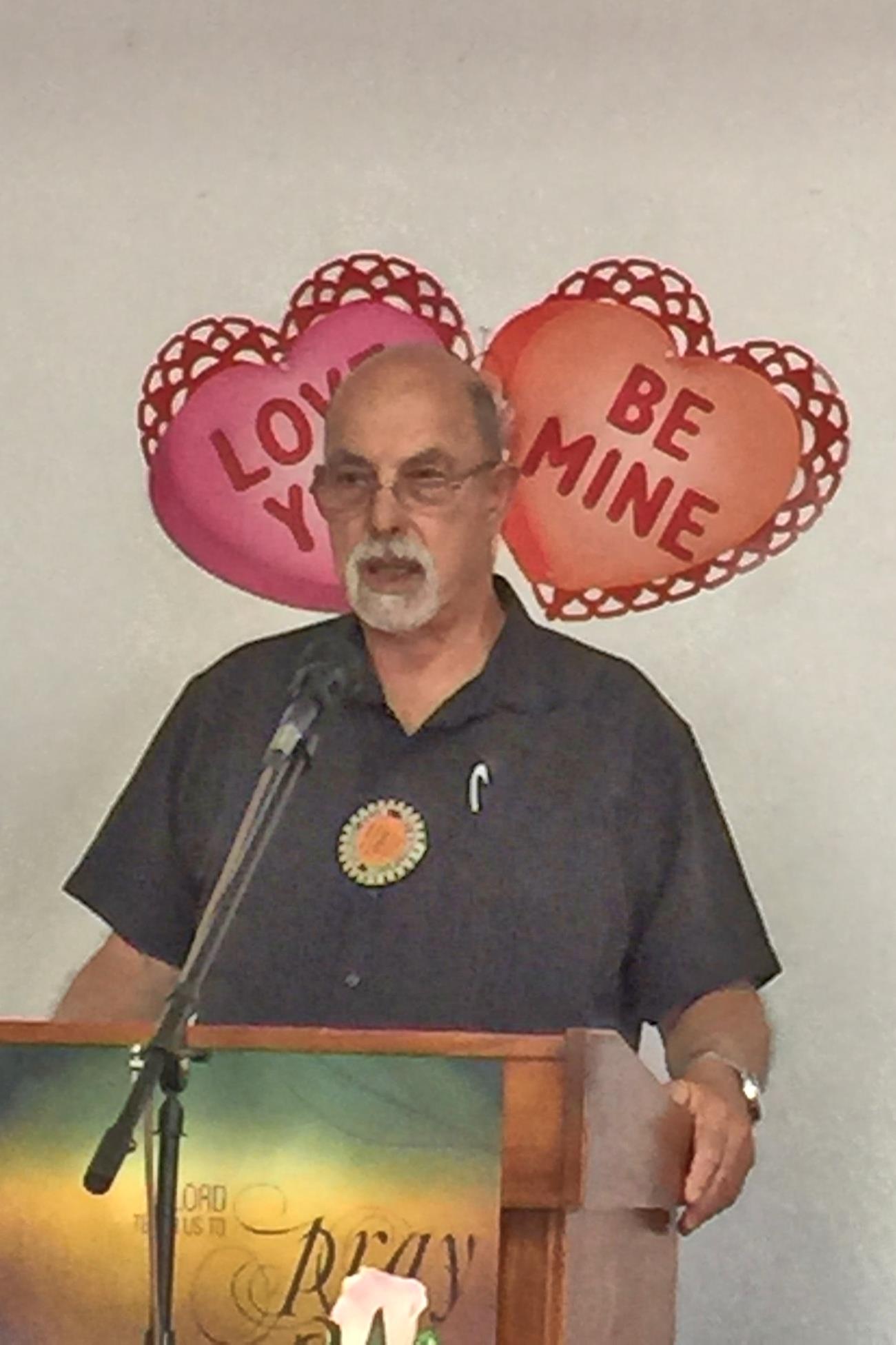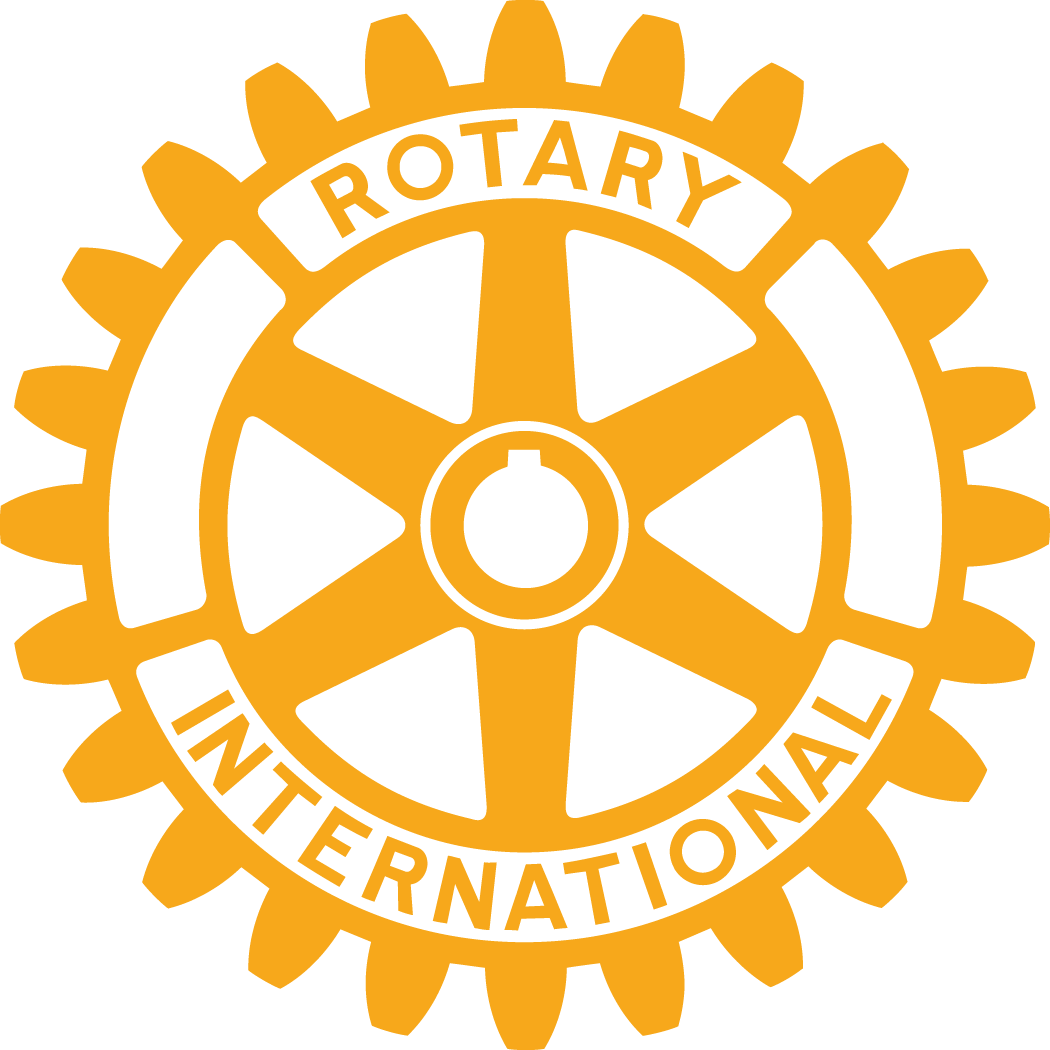This Week's Meeting 02/12/2015
Posted by Dave Davis
on Feb 17, 2015

A History of the Rotary Club of Bellflower and the Bellflower Rotary
Foundation - by: Steve Litzinger
Foundation - by: Steve Litzinger
A HISTORY OF THE ROTARY CLUB OF BELLFLOWER
AND THE BELLFLOWER ROTARY FOUNDATION (2014)
Steve Litzinger
AND THE BELLFLOWER ROTARY FOUNDATION (2014)
Steve Litzinger
A review of Club records I've maintained over the years reveal some interesting facts about our Club history.
Eighty-nine years ago John Simms served as the first president of Bellflower Rotary. He organized the club with the help of Bill McCoy, R.V. Bayshore, F.L. Lake, B.F. Blosser and Claire S. Thompson. The club started with 19 charter members.
The Bellflower Rotary Club was sponsored by the Downey Rotary Club and chartered in 1925. The first meeting was held on May 1, 1925 in Woodruff Hall which was destroyed in the 1933 earthquake. The Club then met at the American Legion Hall and later the Masonic Lodge.
Our club was number 1988. Today there are over 34,500 clubs that make up the family of Rotary worldwide.
Our Club did not incorporate until June of 1944 and I have attached a copy of our original Articles of Incorporation with the names of the six Club Directors.
In 1946, the Club entered into a lease agreement with the Bellflower Unified School District to lease a parcel of land located at 9301 Flower Street for the purpose of constructing a building to be used as a meeting hall for the Rotary Club and the Boy Scouts. It was a 10 year lease calling for an annual lease payment of $1,000.00. The members contributed their time, money and energy to construction of the building. On November 21, 1946, the Sonny Williams Memorial Hall was dedicated as a living memorial to the son of Bellflower Rotarian Joe D. Williams who gave his life in the service of his country as an Air Force pilot in WWII in the Pacific theatre. Bellflower was the first club in the world to own its own clubhouse. The club met there for over 50 years. The hall was also used by the Boy Scout troop sponsored by the club.
The Bellflower Rotary club was the pioneer in the development of the "Sister City" concept that gained popularity across our nation. The first sister cities in the Rotary world were Bellflower and Los Mochis, Mexico. This was accomplished through the efforts of Earle Hoggard, Howard Schug and John Landis.
In 1984 with the awareness of the high cost of maintaining the hall, Jay Luster conceived of a plan to mitigate that burden and preserve the hall as a meeting place for our Club. Attached is an article prepared by Jay entitled Rotary Hall Maintenance Fund dated May 1984 which clearly explains Jay's vision for the Fund.
The Fund was formed with seed money from four Rotarians: Paul Setzer, Leo Williams, John Thompson each contributed $500 and Bob Grentner donated 80 shares of V. F. Corporation stock (later representing a value of $2,850 when sold in 1989). Under Jay's stewardship and efforts the Fund continued to grow. No monies were expended during this growth period. By July 1991, the Fund had grown to $25,000.00.
In 1996 when the lease was nearing renewal the school district had the land re-appraised and decided to increase our annual lease expense. For many years we subleased the building to various individuals for special events and to organizations such as AA and religious organizations but that didn't always have satisfactory results or revenue. After careful review it was decided that because of the increasing cost of maintaining the hall, which would have been much higher with the increase lease cost (est $11,000 to $15,000 annually) and our smaller membership, we decided we would dedicate the building back to the school district and relocate to the First Missionary Baptist Church.
During the period from 1984 to 1989 a great deal of discussion transpired concerning the structure of the fund. After consulting with legal counsel, the Board decided it would be in our best interest to incorporate the fund as a non-profit charitable corporation and expand the original intent to include all the avenues of service. Some of the reasons the Board felt that made this a wise course to follow were:
- That it would improve fund raising and charitable contributions and provide additional assurance of the tax deductible nature of contributions.
- If successful, it would help answer the complaint that we don't have enough money to fund our service projects.
- That it would create a sense of continuity and pride among members.
Our effort to incorporate the Foundation began in 1989. On January 20, 1992 our Foundation was granted corporate status by the State of California under the name The Bellflower Rotary Foundation, Inc. That same month we were granted tax exempt status by the Franchise Tax Board and on May 13 1993, we were granted tax exempt status by the IRS as a 501(c) (3) corporation.
Sometime between 1990 and 1998 our Club received generous donations to the Foundation from various individual estates. The Foundation has been a good vehicle for estate planning. By June 1998, our Foundation funds exceeded $95,000. This was aided by many successful golf tournaments dating back to 1994.
Today our flourishing Foundation has given the club the financial ability to conduct service projects that it was not able to perform previously.
Today our flourishing Foundation has given the club the financial ability to conduct service projects that it was not able to perform previously.
Hopefully there will be many more chapters to write in the history of the Rotary Club of Bellflower.
Dated: November 1, 2014

